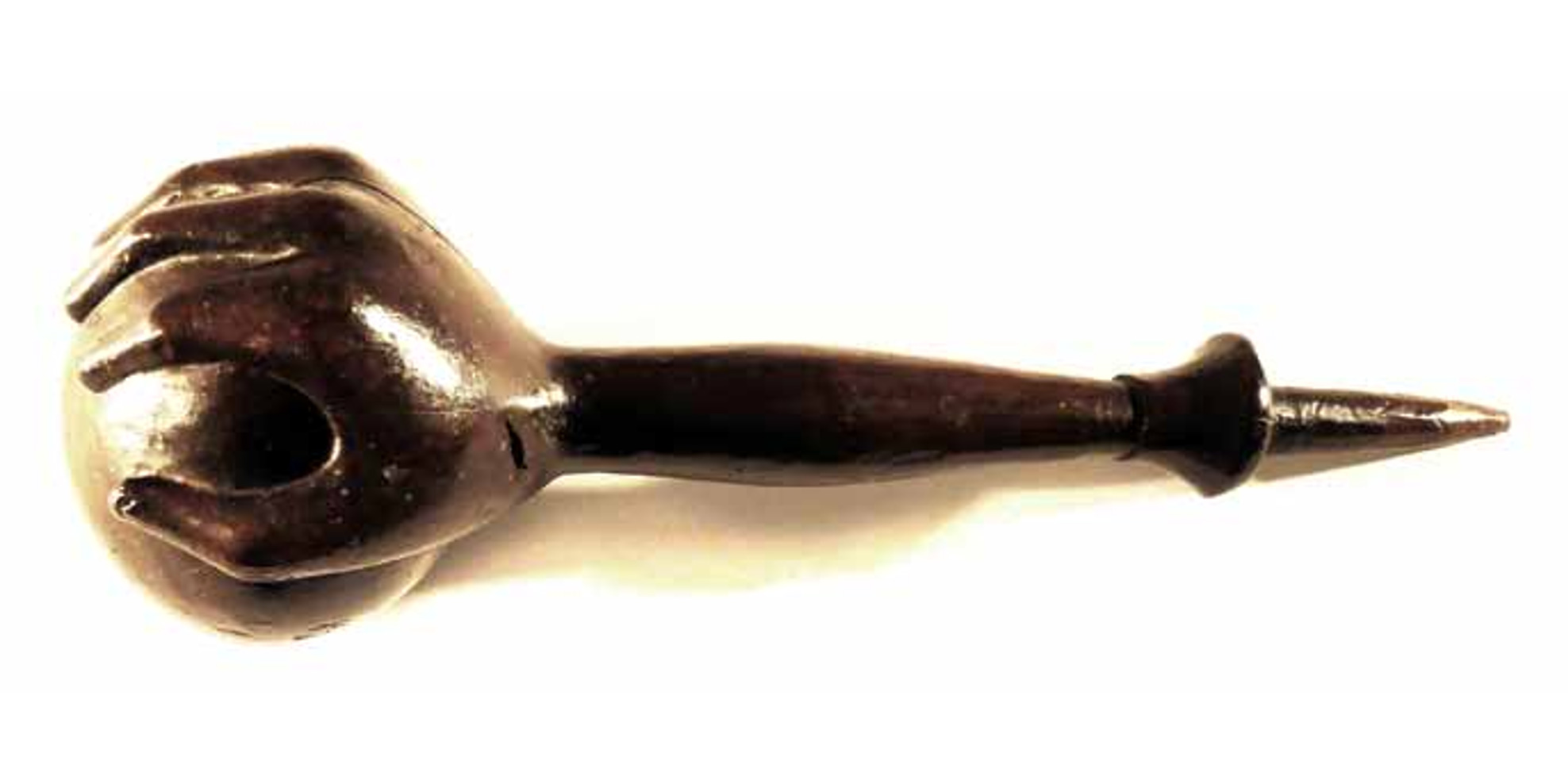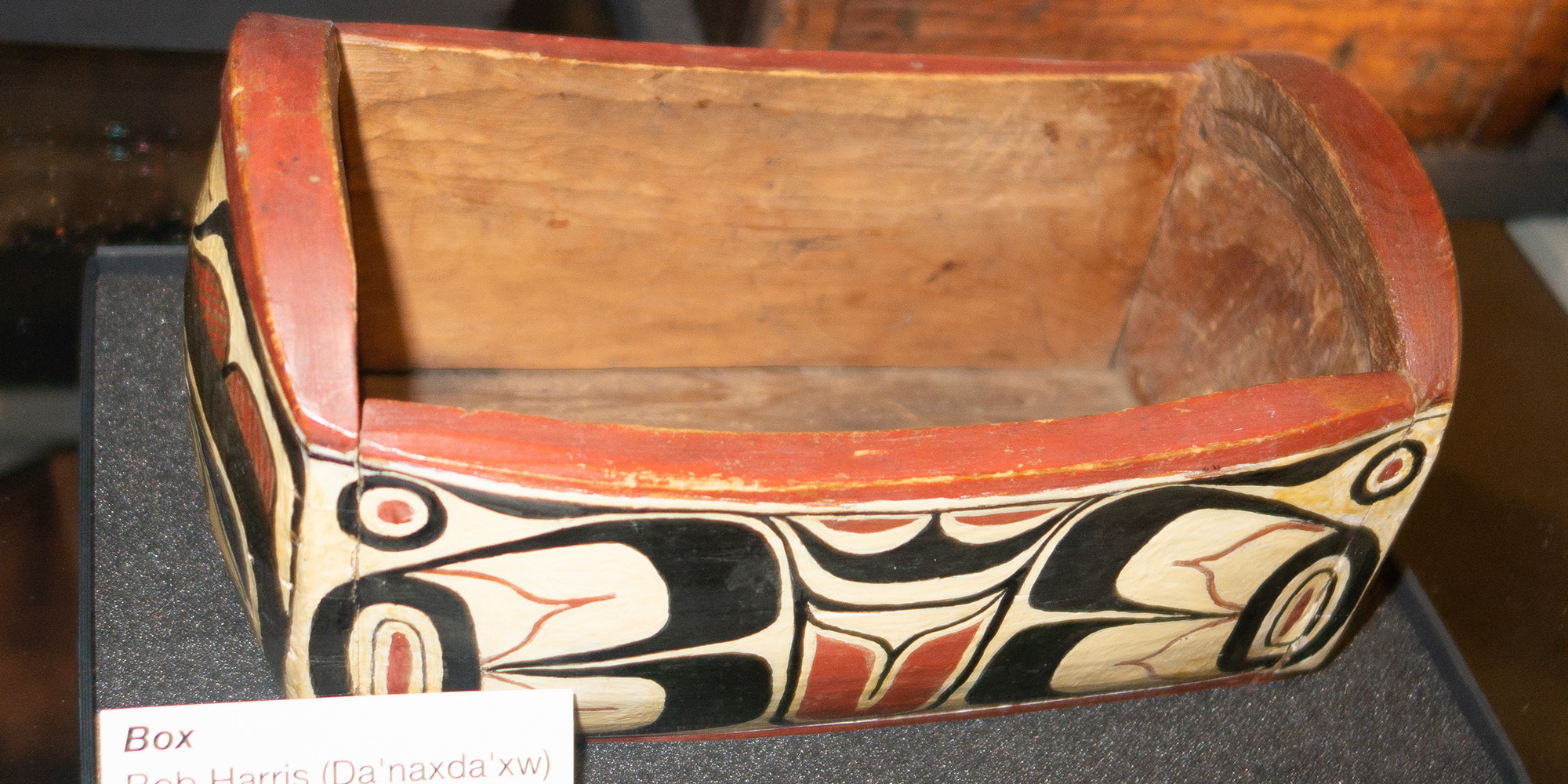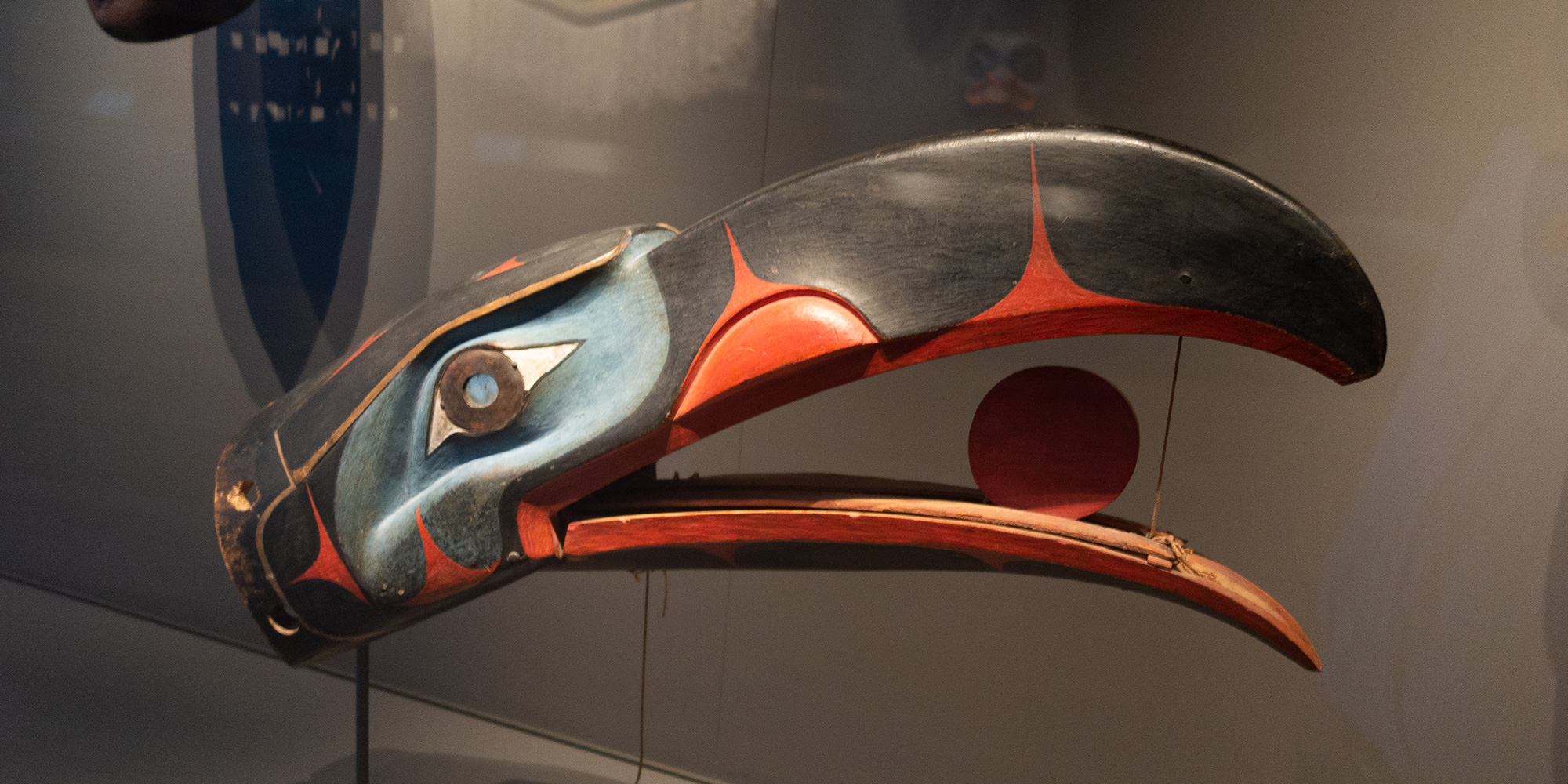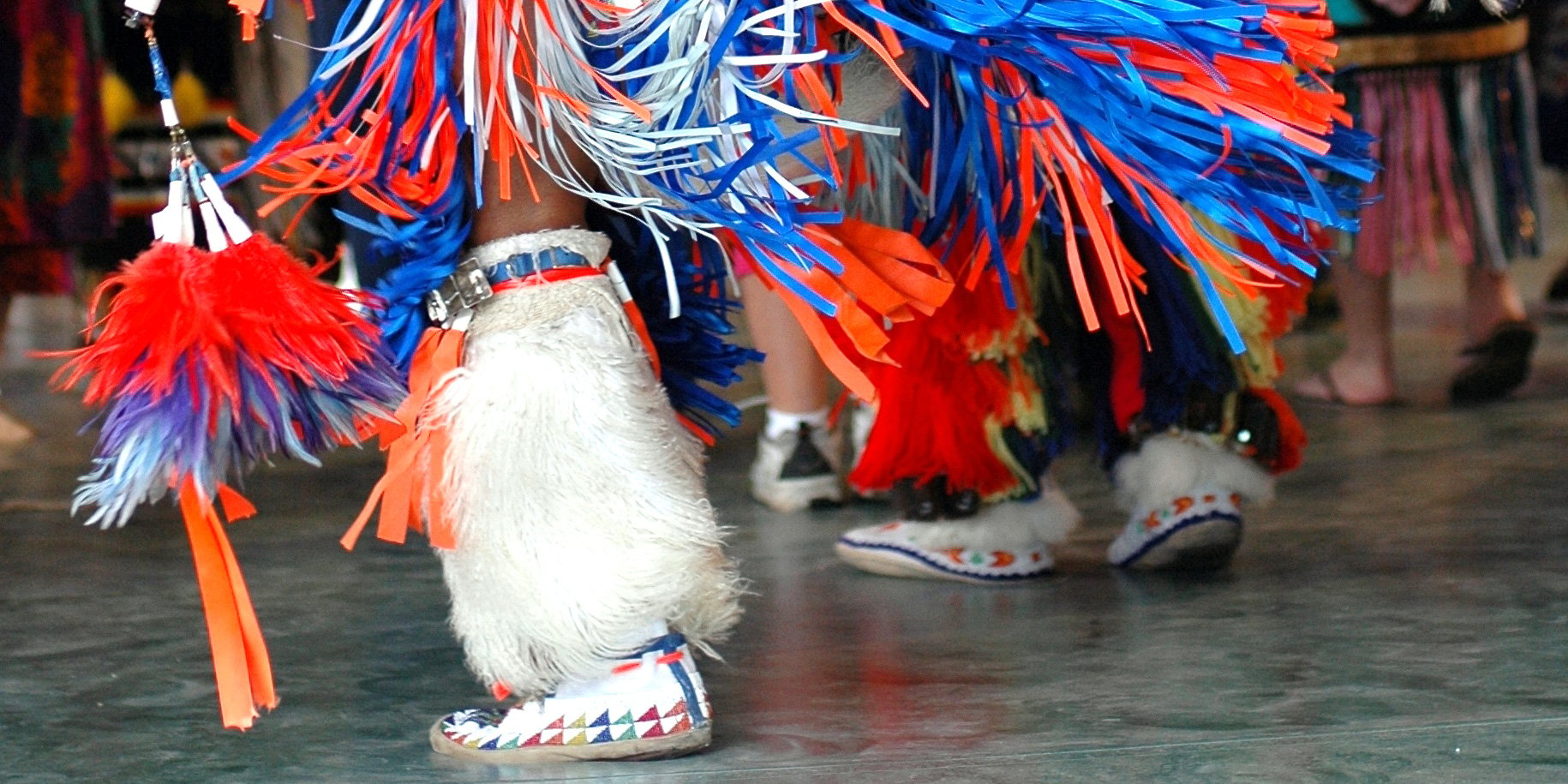Indigenous Repatriation - Andy Wilson and the Haida Nation
This is the third article in a three-part series on Indigenous repatriation – why it is necessary, the relationship between Indigenous Peoples and...

Reprinted with permission from the Museum of Anthropology
Misattributed in some historical documents as a “curious war instrument” from the “Sandwich Isles” (Hawaii), the club was carved by an Aboriginal Northwest Coast artist as early as the mid-1700s, placing it within the last generation of traditional objects created before European contact.
Considered the oldest known and most finely executed club of this style, it is carved from yew wood in the shape of a hand holding a sphere. It may have been both a ceremonial symbol of its owner’s high rank and a functional tool or weapon. On Cook’s final voyage, his third to the Pacific, the explorer sailed the HMS Resolution to Hawaii (1776–1777) and become the first European to set foot on the Northwest Coast when he arrived at B.C.’s Nootka Sound on March 28, 1778. After sailing north in search of the Northwest Passage, Cook returned to Hawaii, where he was killed in 1779.
Like many objects collected on Cook's 3rd voyage to the Pacific, the club found its way into the private Leverian Museum in London, where it was sold in 1806, passing through several private collections in Britain and the United States until it was obtained by the Audain Foundation and returned to B.C.
“We welcome the homecoming of this great gift by the Audain Foundation—a treasure once given by our people to Captain James Cook, and now returned to us to share with the people of Canada and those who come to visit,” says Margarita James, President of the Land of Maquinna Cultural Society, speaking on behalf of Mowachaht hereditary chief Yahɬua, Michael Maquinna, and Muchalaht hereditary chief Norman George. “The Mowachaht-Muchalaht First Nation, one of 15 nations comprising the Nuu-chah-nulth people, greeted and hosted Captain James Cook in 1778 at Yuquot (Friendly Cove), Nootka Sound. As our Council of Chiefs said in 1997:
“‘Many of the early visitors were anxious to take home our gifts as souvenirs of their time among us. As part of our diplomacy, we presented carved images of our great ancestors to representatives of European governments visiting our territory. These ancestors are now living in your great treasure houses, which you call museums. They are our representatives in your cities and capitals. They are your acknowledgement of our diplomacy and the greatness of our nation. They are our boundary markers showing the extent of our influence throughout the world.’”
“Thanks to the Audain Foundation and the Mowachaht-Muchalaht and Nuu-chah-nulth First Nations, this important artifact will be a catalyst for new research and thinking on both the object itself and its global journey,” says Anthony Shelton, MOA director.
The club is now on display at MOA in its Multiversity Galleries, which house more than 10,000 objects from around the world.
Featured photo: Bill McLennan

This is the third article in a three-part series on Indigenous repatriation – why it is necessary, the relationship between Indigenous Peoples and...

This is the second in a three-part series on repatriation – why it is necessary, the relationship between Indigenous Peoples and museums, and the...

June is National Indigenous History Month - a time for all Canadians - Indigenous, non-Indigenous and newcomers - to reflect upon and learn the...